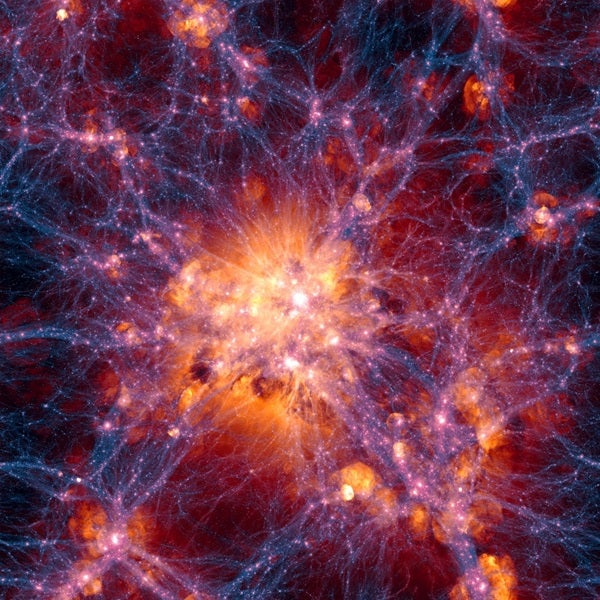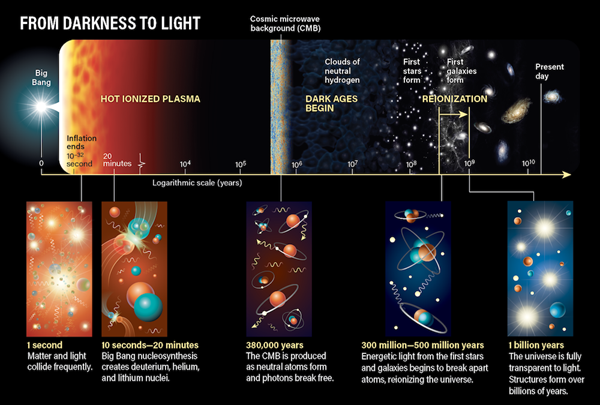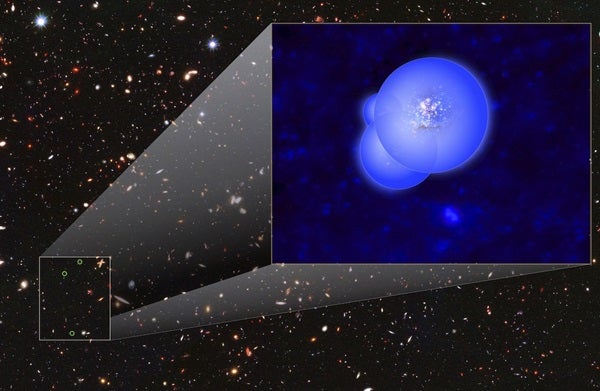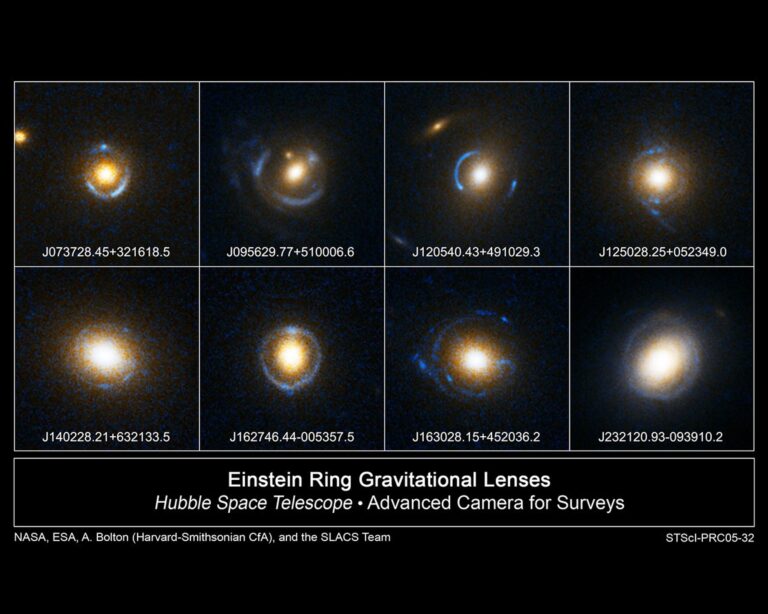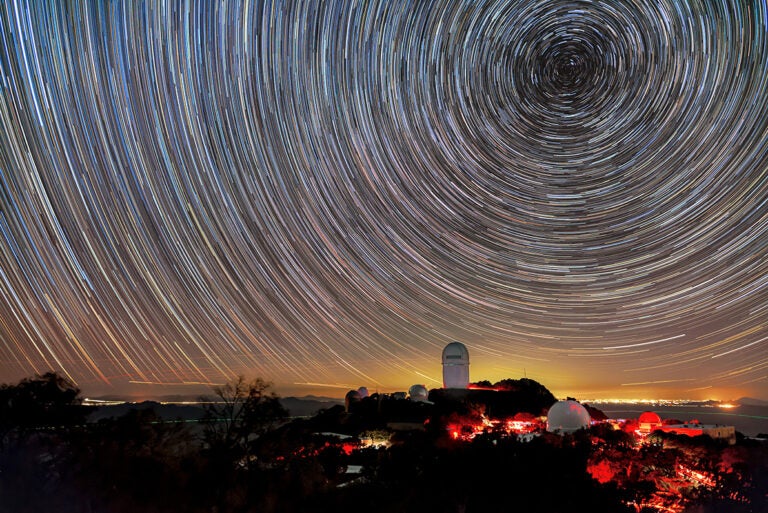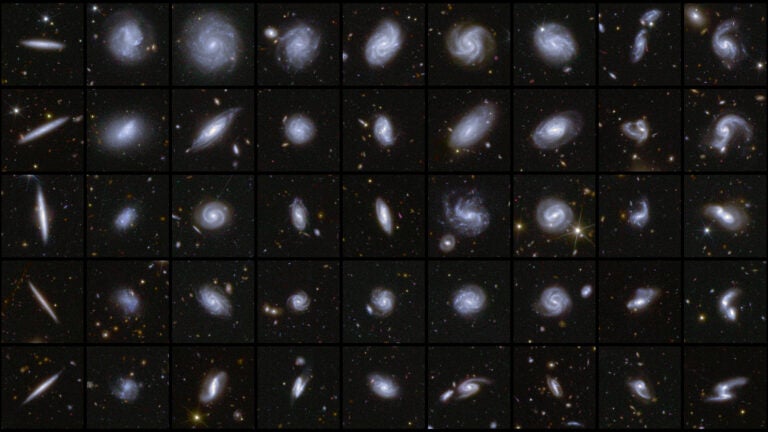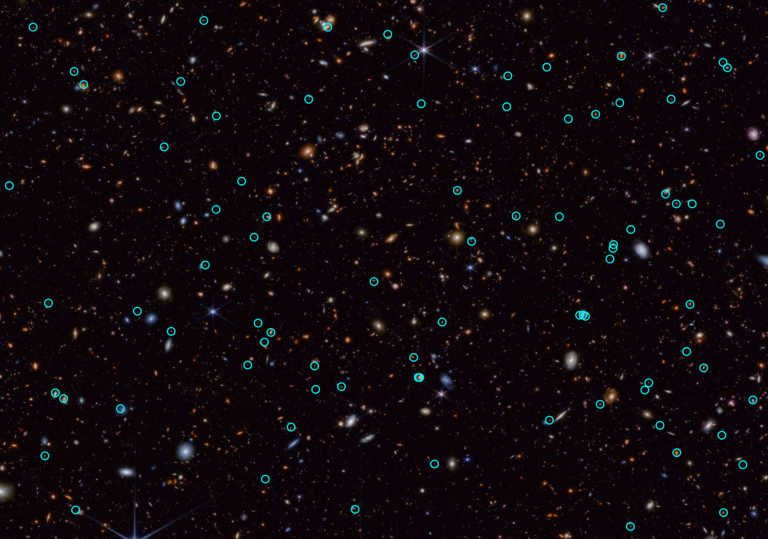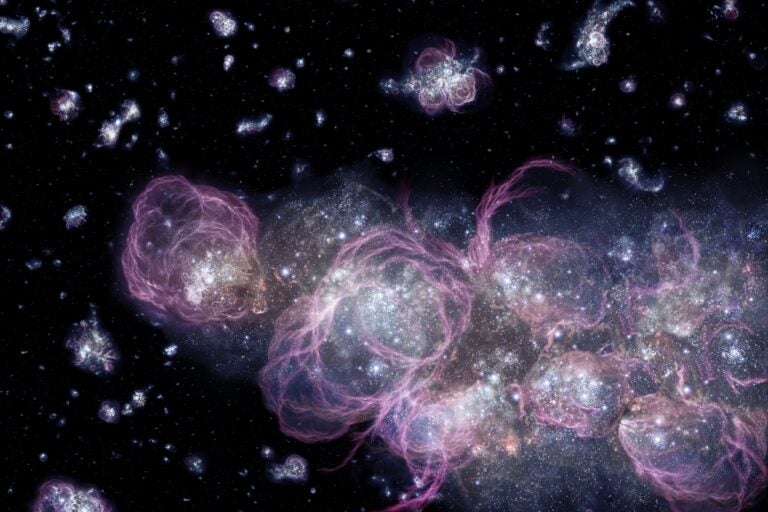This story comes from our special January 2021 issue, “The Beginning and the End of the Universe.” Click here to purchase the full issue.
The early universe was a place of extremes. It was inconceivably small and scorching, with all the energy and matter there would ever be crammed into a tiny space a billion times hotter than the center of the Sun. In the first moments after the Big Bang, the universe cooled enough to allow fundamental particles — such as quarks and electrons — to spring into being. Quarks combined to form protons and neutrons and, not long after, the nuclei of deuterium, helium, and lithium were formed. Energy zipped around the infant universe in the form of photons, but that early light ricocheted off free electrons, which weren’t yet bound to any atom, at every turn.Fast-forward another 380,000 years, and the universe had cooled enough to allow the early nuclei to pull in electrons and form neutral atoms. (This is called recombination, although it actually marks the first time these particles combined.) This moment ushered in darkness — a period we now call the cosmic dark ages.
Seeing the universe
Looking at an object, either with our eyes or with a telescope, requires photons of light to hit some sort of detector, whether it’s your retina or a camera. But the cosmic dark ages were a time when the universe was enveloped by a fog of neutral hydrogen that trapped the light of the first stars and galaxies. The fog didn’t lift until 1 billion years after the Big Bang, when the neutral hydrogen had been reionized and once again split apart. Because light couldn’t escape its surroundings during the dark ages, it couldn’t journey outward through the universe to hit our detectors here on Earth, nearly 13 billion years later. As a result, trying to peer back at that time is like trying to see a lightbulb through a thick, dark haze.
Cosmic dawn
But the dark ages didn’t last forever. The story of how the universe once again became transparent to UV light is closely tied to the formation of the first stars and galaxies — several hundred million years after the Big Bang — when matter clumped together and began to form the structures that permeate the universe today. Some of the first stars were massive and bright, their light energetic enough to knock the electrons out of the surrounding hydrogen atoms in a process known as ionization. And ionized hydrogen doesn’t absorb or scatter light the way neutral hydrogen does.
“The first stars and galaxies formed, and their light brought the universe out of the dark ages,” says Mobasher. That’s because the newly born stars and galaxies ionized ever-expanding bubbles around them, allowing light to finally travel unimpeded again.
Although astronomers can’t see into the cosmic dark ages, they can observe the light from these early galaxies as they brought about an end to the darkness. Mobasher and his team were part of an international effort to observe some of the farthest galaxies ever recorded. “What we do is look for galaxies at the end of the dark ages,” he explains. “That’s the most distant object in the universe we can find.” Using data from the Cosmic Deep And Wide Narrowband (or Cosmic DAWN) Survey, Mobasher and his colleagues published a paper in The Astrophysical Journal Letters in February 2020 identifying a group of galaxies in the process of ionizing the hydrogen around them some 680 million years after the Big Bang. This fits squarely into the time theorists think the epoch of reionization took place, between a few hundred million and 1 billion years after the Big Bang.
By studying this cosmic dawn, Mobasher hopes to answer fundamental questions about our universe today. Understanding the dark ages “would help us understand how galaxies are formed, how stars are formed, the evolution of galaxies through the universe,” he says. “How our own galaxy started, how it was formed, how fast it built up stars … all those questions are important questions we need to answer.”
It’s worth remembering that not all light would have been absorbed by hydrogen atoms during the cosmic dark ages. A hydrogen atom can only absorb light at discrete wavelengths that correspond to the energy required for its electron to jump from one energy level to the next. So, some photons with energies greater than that needed to bump an electron between energy levels would have found their way out of the fog.
To find this light, though, we need a new generation of detectors that are just coming online, like the James Webb Space Telescope, the Hydrogen Epoch of Reionization Array in South Africa, and the Square Kilometer Array in South Africa and Australia.
The reason these infrared and radio telescopes are required is because as light makes its way over time across our expanding universe, it gets stretched out. Even the light emitted in the far ultraviolet range of the spectrum by the first stars reaches us today as light with a much longer wavelength than it began with.
These new facilities will give us a fuller picture of the epoch of reionization — the break of cosmic dawn. Loeb is hopeful these detectors will unlock the vast mysteries of that time: “We will be able to see the history of things take place during reionization,” he says. “The coming years will be very exciting.”

